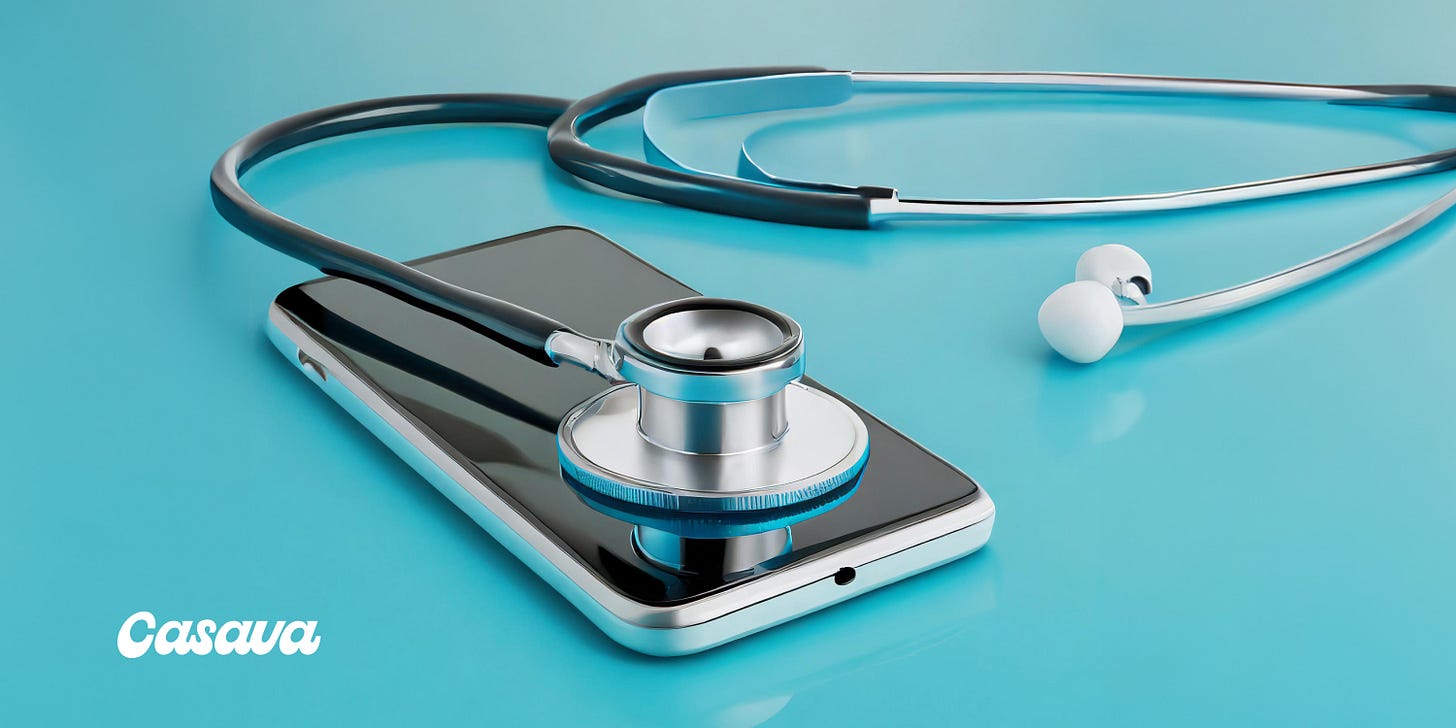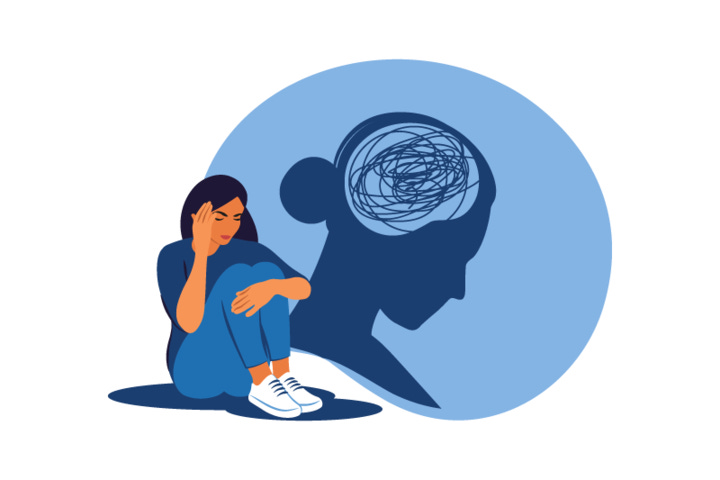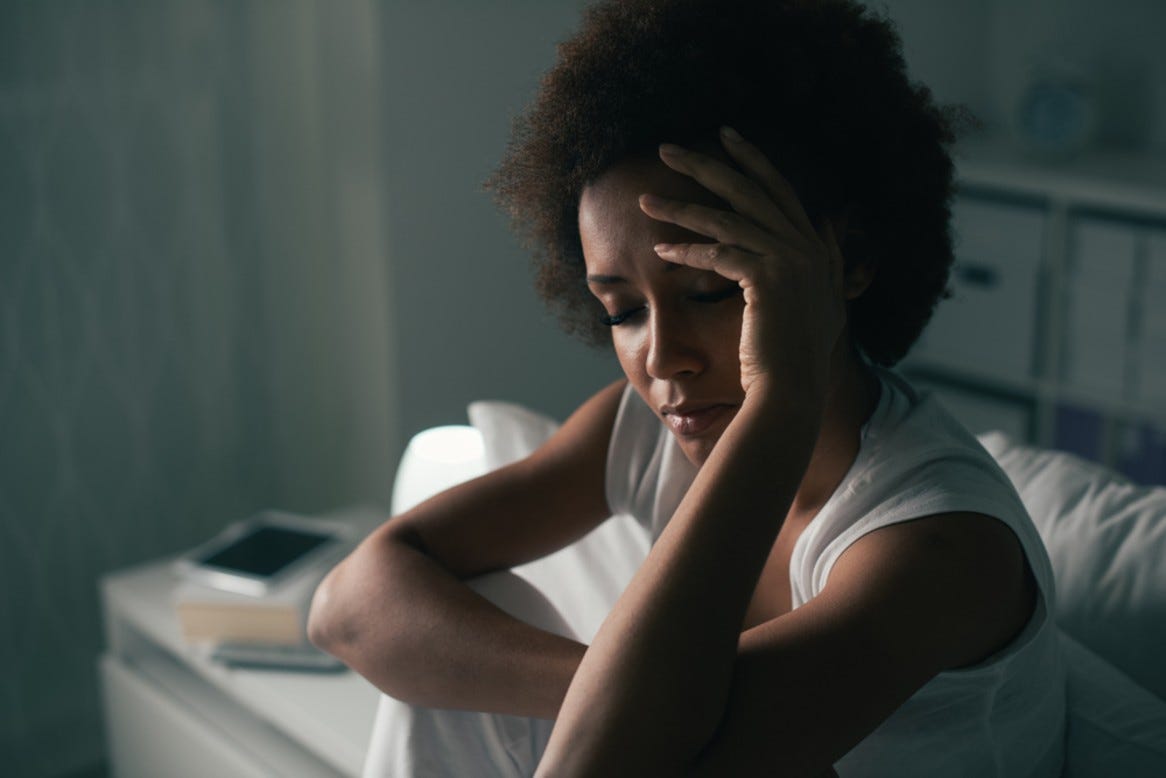The Influence of Social Media on Self-Diagnosis
In this article, we explore the influence of social media on self-diagnosis, its connection to misdiagnosis, and innovative ways to curb it.
Social media platforms have become an undeniable force that bridges the gaps of accessibility and molds the ideals of millions of people in different facets of life. Healthcare is not left out.
Self-diagnosis based on the consumption of online content has steadily become customary. There have been mixed sentiments about this.
Content creators whose niche is medical content are being commended for making health information accessible and actionable while monetizing their content and endorsing health products.
In the same vein, these content creators have been chastised and scrutinized for propelling potentially untrue information that endangers the health of their undiscerning audience.
The Bandwagon Effect of OCD, ADHD, and PCOS
Over the past decade, the number of people who have self-diagnosed themselves with mental health disorders such as Obsessive-Compulsive Disorder (OCD) and Attention-deficit/hyperactivity disorder (ADHD) has increased rapidly.
Similarly, a significantly rising number of women claim to have Polycystic Ovary Syndrome (PCOS) but have not been diagnosed with it by a gynecologist, endocrinologist, or reproductive endocrinologist.
Several studies have shown that individuals conclude that they have these conditions because they google their symptoms, leading them down the rabbit hole of blogs and digital health communities where those symptoms are discussed and associated with that condition.
Additionally, content creators who might not have a background in medicine produce videos on platforms like TikTok where they gentrify health conditions through shared personal or third-party experiences.
They identify symptoms, share coping mechanisms or tips, create products, or recommend and sell the products of another brand to their audience with the goal being to tackle the health condition.
Due to social media algorithms, the content that these creators produce and publish could potentially go viral across other social media platforms, facilitating global reach and appeal.
Although they have not been diagnosed by a doctor, people convince themselves that they have the exact health condition that the content creator describes.
They join the creator’s community because it is trendy and other people who seem to have the same condition are doing so too.
Self-Diagnosis to Misdiagnosis
Misdiagnosis is the most prominent disadvantage of self-diagnosis influenced by the consumption of viral content on social media.
Several illnesses and conditions have similar symptoms that make it difficult for individuals to make an accurate diagnosis without consulting a medical doctor and undergoing the necessary tests.
For example, one of the most common symptoms of PCOS is irregular periods. Irregular periods are also linked to pregnancy and other female reproductive health conditions like Endometriosis and Fibroids.
Therefore, diagnosing PCOS and commencing any form of treatment based on irregular periods is wrong and risky.
The consequences of misdiagnosis can be fatal. Studies have shown that the health condition of individuals who indulge in self-diagnosis, misdiagnose themselves, and receive incorrect treatment has a higher risk of worsening.
Curbing Self-Diagnosis
Self-diagnosis is a societal issue that is being displayed on social media as a DIY solution to illnesses and other health conditions. These are some of the actions that can be taken to curb it or drastically reduce it:
Affordable Health Insurance
Access to health care is still considered a luxury in many parts of the world.
Creating affordable health insurance products/premiums like Casava’s Health Insurance and Health Cash premiums will encourage more people to seek out doctors when they notice worrisome symptoms instead of self-diagnosing and treating themselves at home to avoid financial inconveniences.
Regulation of Medical Content Creators
More responsibility should be put on social media platforms like TikTok, YouTube, Twitter, and others to implement extra measures of verification for medical content creators.
This will ensure that they are educationally qualified to give medical counsel and are publishing accurate information.
Popularize Telemedicine
Telemedicine is the use of electronic and telecommunication technology by medical personnel to render medical consultation to an individual in need of it.
More hospitals and medical doctors should encourage the adoption of Telemedicine to bridge the gap of convenience that self-diagnosis offers.
Conclusion
Social media is one of the greatest unfair advantages of this era. The power it wields to positively influence every aspect of mankind is phenomenal. The buzz around self-diagnosis will decline sharply as more medical institutions collaborate on initiatives that promote health literacy and encourage consumers of healthcare content to be discerning.





